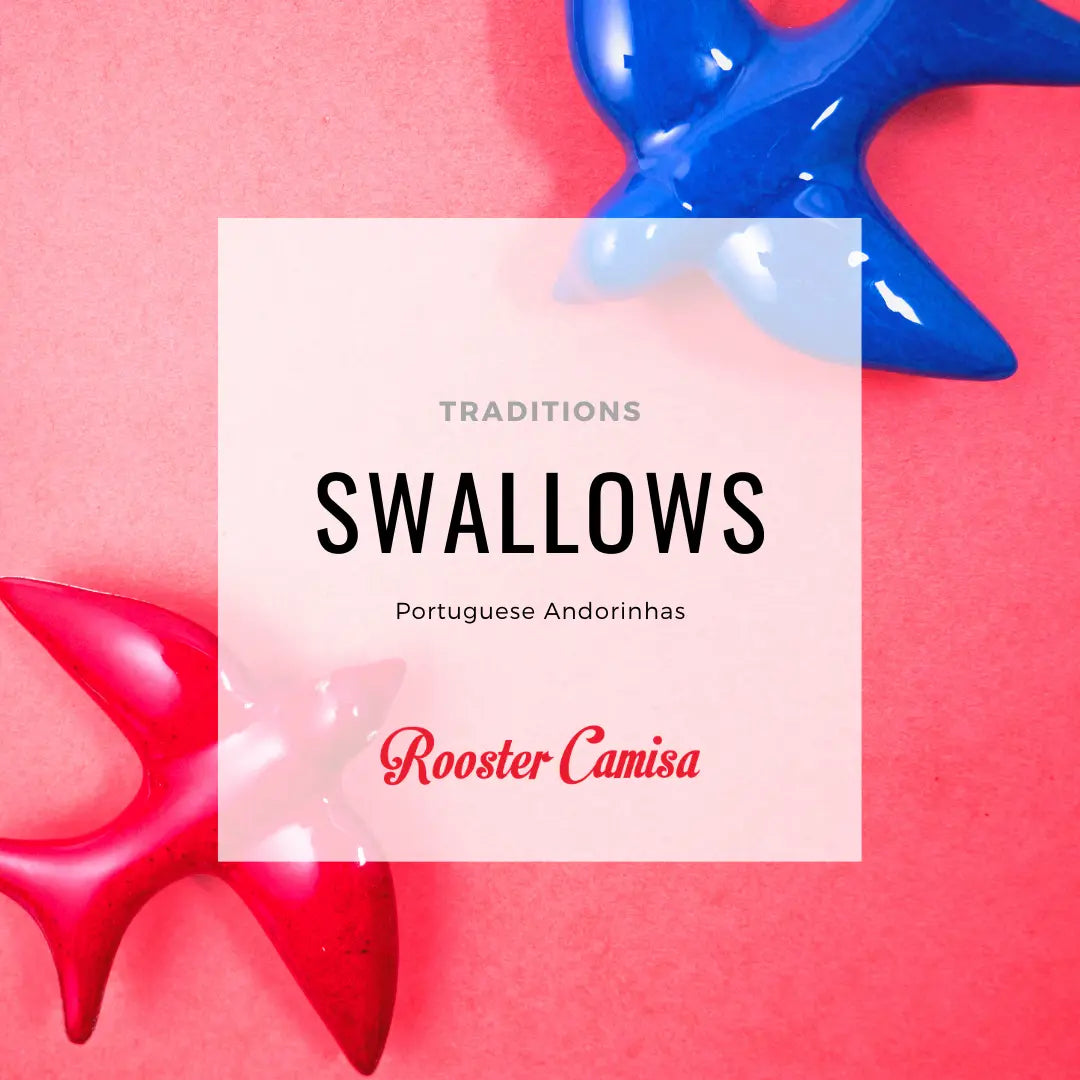
In a country of antiquity such as Portugal, the number of beloved traditions and symbols are almost endless. One symbol that is dear to the hearts of the Portuguese and Portugal's visitors is the beloved andorinha (swallow). This iconic symbol is not only appreciated in its feathery live form throughout the country; it can be enjoyed all year long in a ceramic form. Throughout Portugal, andorinhas adorn many a home, restaurant, and shop in varying colors, shapes, and sizes. Although it’s easy to appreciate their sweetness, andorinhas aren't the only bird in Portugal, how did they get such a position of importance? Read on to learn all about these birds and how they earned their beloved place in Portuguese history.
Historians report that the first ceramic andorinha sold was designed in 1891 by the Portuguese artisan, Rafael Bordallo Pinheiro. Pinheiro is one of the most influential people of the nineteenth-century Portuguese culture because of his humoristic drawing, caricature, and ceramic creations. Pinheiro build a reputation for himself through his cartoons and caricatures including those with political messages. These landed Pinheiro with opportunities to collaborate in both English and Brazilian Publications. But despite the many beautiful creations made in Faianças Artísticas Bordalo Pinheiro Ltd (Pinheiro’s ceramic factory as it is now called) it is the andorinha that is the brand’s most iconic figures. In 1896, Pinheiro registered the patent of his andorinhas. It is believed that he did this because his ceramic swallows were adopted as symbols of characteristics that were a source of pride to the Portuguese culture of the time.

Another habit of the andorinha is that it is a bird that has a single partner during its lifetime. That too resonated with the Portuguese. This characteristic's appreciation added to the little bird's symbolic value as standing for love, loyalty, and faithfulness. In fact, at a time when communication between people of the opposite sex wasn’t easy, it was common to exchange a ceramic andorinha as a show of love. All told, this little feathered creature has remained the symbol of family, home, love, loyalty, and faithfulness.

It’s easy to see why these adorable little birds have become a national treasure. Today, you can find andorinhas in various sizes and forms throughout Portugal. These beloved symbols have stood the test of time from tiny ceramic figurines to popular elements of murals, sculptures, paintings, texts, music, food, and clothing. These beloved symbols have stood the test of time and are increasingly popular with a whole new generation. Although there’s no exact explanation for the popularity of the andorinha, there is one thing that’s mentioned in all theories for their success: the element of love. These little creatures symbolize habits borne of love and, therefore, remain analogous of the Portuguese. The Portuguese bond for life, and no matter how often they spread their wings to explore other parts of the world, they return as often as they can to their beloved homeland, just like the beloved andorinhas of Portugal.

